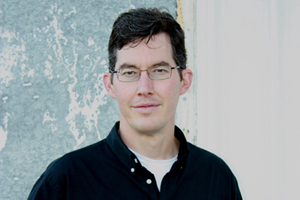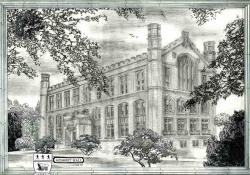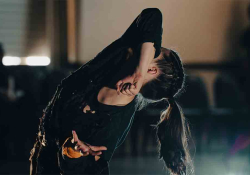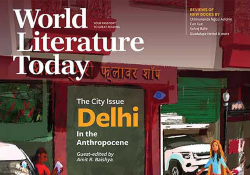Editor's Note, September 2012
The forgetting happens only when memory is quashed by routine, when the bike is just a quotidian vehicle for getting from one place to the next. – Eric Freeze, “Hemingway on a Bike,” Harvard Review (2011)

Until the age of nine, my bicycle defined the boundaries of my world. I don’t have a memory of when I first learned to ride, but growing up in the small town of North Bend, Nebraska, I mostly remember riding, rarely walking, when I wanted to get somewhere. In descending order of importance, especially in the summer, the pool, Kruger’s variety store—where I bought candy and model airplane kits with money from my older brother’s secret tackle box—public library, city park, and school were all within riding distance. I could ride to the house of my best friend, Doug Hoops, in less than three minutes, even if I rode by the house of the Rochford twins. And when I got my first paying job, delivering the Fremont Tribune on the east side of town, my bike became a source of income, so I could spend my own money at Kruger’s.
After school got out in May, I’d ride to the library at least once a week to participate in the summer reading program. One of my favorite characters was Alvin Fernald, the eponymous hero in Clifford B. Hicks’s best-known series (Alvin’s Secret Code, Alvin’s Swap Shop, etc.). In The Marvelous Inventions of Alvin Fernald (1960), Alvin uses his “Magnificent Brain” to cobble together a newspaper-launching cannon mounted on his bike, which he tinkers with endlessly to achieve the proper combination of distance, altitude, and accuracy. (Hicks, I discovered recently, was an editor for Popular Mechanics magazine after World War II—no wonder Alvin was fascinated with inventing mechanical devices.) Of course, I tried to build a similar contraption for my own bike, but after ruining too many newspapers, I decided just to rely on my arm. I didn’t realize it at the time, but that moment marked the first of many literary memories associated with cycling and, ultimately, other modes of transport.
The bad thing about cycling, and running, is that you can’t read en route, although with the ubiquity of audio books and podcasts these days, you just put your ear buds in and head out. The great thing about being a passenger, however—whether on a bus, subway, plane, or train—is that you can lose yourself in a book for the duration of a trip. I’ll always associate Hemingway’s “A Clean, Well-Lighted Place” with riding in the backseat of a car on a road trip to Manhattan, Kansas; Kundera’s Unbearable Lightness of Being with the overnight train from Venice to Prague; Bishop’s “The Moose” with a bus heading north out of Fayetteville, Arkansas; and Rilke’s “The Panther” with the Paris metro. I suppose the scenery of the Flint Hills in Kansas or Austria’s Lavanttal Alps should be enough to distract one’s attention from the page, but words have a way of engrossing the mind that even prairie sunsets and snowcapped mountains can’t always match.
As Alon Raab notes in his essay in this issue, “Wheels of Fire: Writers on Bicycles” (page 22), the best cycling literature dramatizes our human ability to overcome “physical and mental obstacles” by feats of imagination as well as athleticism. And in his introduction to our cover feature on short-short fiction (page 47), Robert Shapard quotes Julio Ortega’s three requirements for story: “it has a character; there is a dominant action; and what is shown or said happens in time.” The fourth requirement, which “announces the very rule of any story,” is “the breaking of a code.” In the end, it turns out, the boundaries of my world were not limited to what Alvin Fernald taught me about riding bikes and deciphering codes—while riding might be constrained by physical obstacles, the trajectory of reading is boundless.









